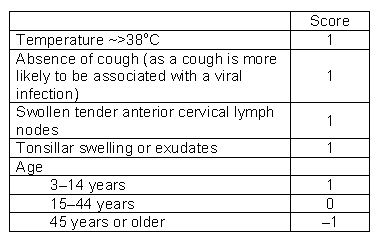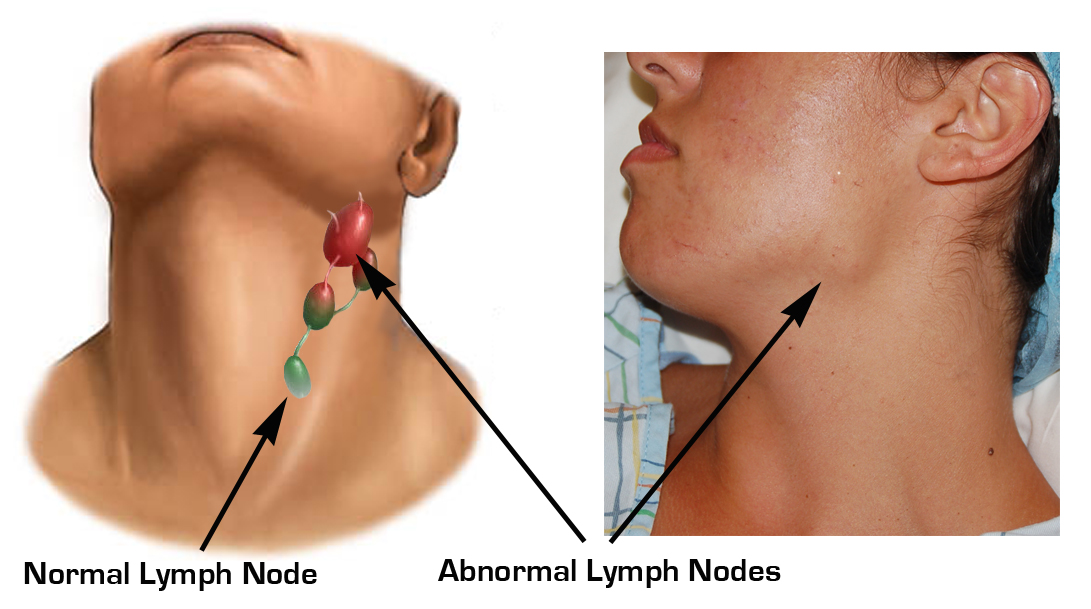I enjoy giving you tips that provide insight into what your physician is thinking. Some of these considerations are so simple that you can use them at home. In many examples, these can help you understand what to expect or even if a physician’s visit is even necessary.
For example, in revisiting sore throats, the big concern is whether you have strep throat. Not all sore throat are strep throat – in fact most aren’t. There’s scratchy throats from trauma, cigarette smoking and viruses, just to name a few non-strep throat causes of sore throats. As such, not all sore throats require antibiotics – in fact most don’t. However, all cases of strep throat require antibiotics. To not receive antibiotics for an actual strep infection can have devastating consequences, as discussed in this post.
Physicians use a set of criteria (the Centor criteria), based on clinical signs and symptoms, to identify the probability that your sore throat is strep throat. In case you’re wondering “Why not just do a test?”, the answer is those rapid tests done in the ER are very inconsistent and often inaccurate. Think about it this way: how still are you when someone’s sticking that swab in the back of your throat? Really, how persistent is your doctor or nurse in getting that swab all the way to the back of your throat? Many rapid strep tests are negative in the presence of real infection because the swab never got to the right area.
The criteria only involve four considerations. One point is assigned for each positive consideration.
- History of fever above 101.4
- Tonsillar exudates (those white patches you can see in the back of your throat)
- Tender anterior cervical adenopathy (the swollen, tender “knots” in your neck found just about under the angle of your jaws)
- Absence of cough (because the presence of a cough implies something else is occurring)
It’s worth noting that physicians may assign additional consideration to their decision to treat or not. If you’re less than 15, strep throat is more likely, and if you’re older than 44, it’s less likely.
The purpose of all this is it directs the need for testing and treatment.
- 0 or 1 points – No antibiotic or throat culture necessary, as the risk of strep infection is less than 10%.
- 2 or 3 points – You should receive a throat culture. You will be treated with an antibiotic if the culture is positive. The risk of strep infection here is 32% in the presence of three positive criteria and 15% in the presence of two.
- 4 or 5 points – You should receive antibiotics. The risk of strep. infection is approximately 56%.
Whether you use this information for a better understanding of what your physician is doing on to empower you in utilizing the healthcare system, it’s good to know. Now get back to avoiding strep throat in the first place!
Thanks for liking and following Straight, No Chaser! This public service provides a sample of 844-SMA-TALK and http://www.SterlingMedicalAdvice.com (SMA). Enjoy some of our favorite posts and frequently asked questions as well as a daily note explaining the benefits of SMA membership. Please share our page with your Friends on WordPress, on Facebook at SterlingMedicalAdvice.com and on Twitter at @asksterlingmd.
Copyright © 2014 · Sterling Initiatives, LLC · Powered by WordPress



